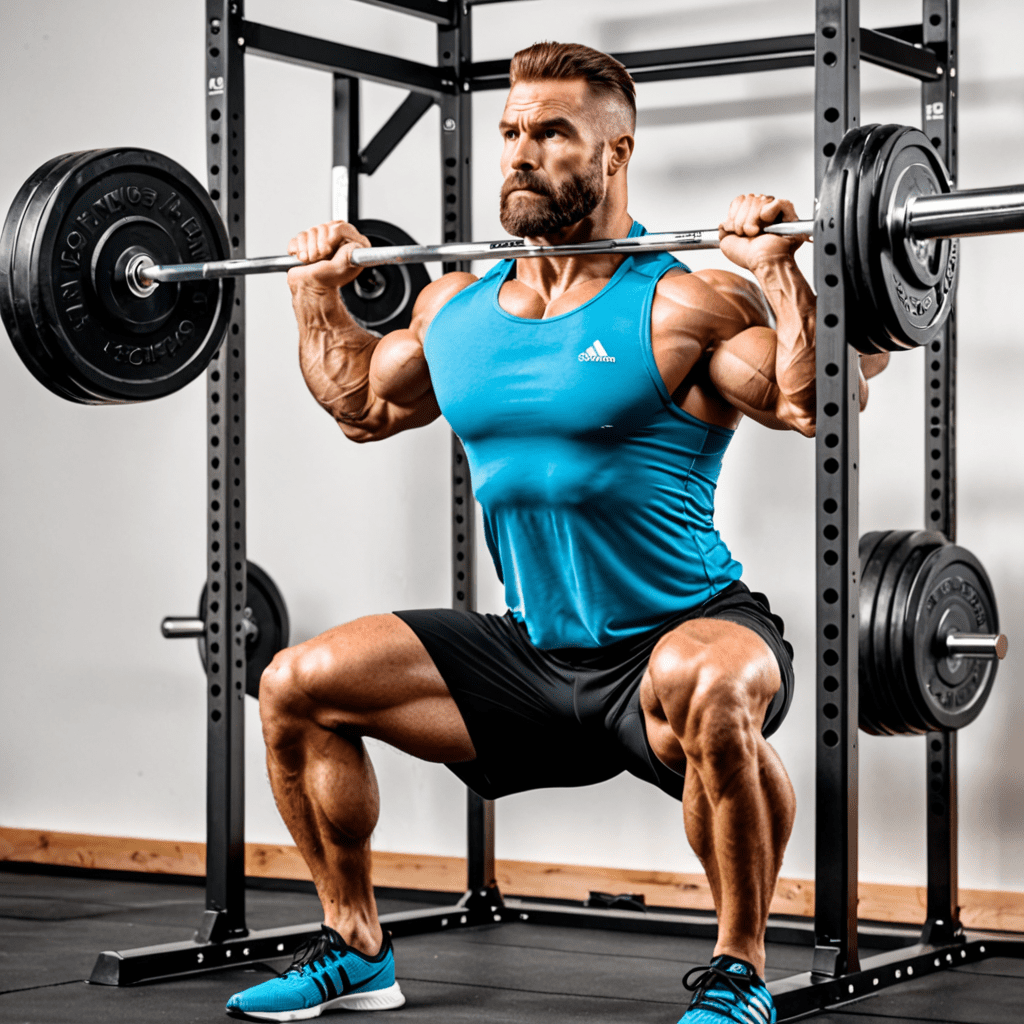
Mastering the Essential Front Squat Bar Hold Technique for Maximum Gains
Introduction
When it comes to strength training and building lower body muscles, the front squat is a highly effective exercise. However, to reap maximum benefits from this exercise, it is crucial to master the proper bar hold technique. In this article, we will guide you through the essential steps to hold the bar for a front squat and provide valuable insights to maximize your gains.
Why is the Bar Hold Technique Important?
The bar hold technique in front squats is critical for several reasons:
- Ensures proper weight distribution
- Allows for an upright torso
- Reduces strain on the lower back
- Targets specific muscle groups effectively
Step-by-Step Guide to Holding the Front Squat Bar
Follow these steps to perfect your front squat bar hold technique:
Step 1: Set up the Barbell
Prior to lifting the bar, ensure it is racked at an appropriate height. The bar should rest across your collarbone with your fingertips beneath it.
Step 2: Position Your Hands
Place your hands just outside shoulder width on the bar. Your elbows should be raised, creating a “shelf” for the bar to rest on.
Step 3: Cross Your Arms
Bring your arms up and cross them, with your palms facing up. This technique further creates a secure hold on the bar.
Step 4: Create a “Pocket” with Your Shoulders
Engage your shoulder muscles and lift your elbows higher to form a comfortable pocket for the bar to rest against. This ensures stability and control during the front squat.
Step 5: Lift the Bar
With an engaged core and proper posture, lift yourself out of the rack and step back to begin your front squat.
Tips for Maintaining Proper Form
To optimize your front squat performance and reduce the risk of injury, keep the following tips in mind:
TIP 1: Keep Your Chest Up
Maintaining an upright torso throughout the exercise is essential. Avoid leaning forward, as it can strain your lower back and compromise form.
TIP 2: Brace Your Core
Tighten your abdominal muscles as if preparing to be punched, as this provides stability and protects your spine.
TIP 3: Focus on Breathing
Take deep breaths before descending into the squat and exhale forcefully as you push back up. This helps maintain stability and provides the necessary energy.
Frequently Asked Questions (FAQ)
Q: Is the front squat suitable for beginners?
A: Yes, the front squat can be modified to suit all fitness levels. Beginners may start with a lighter weight or use a modified grip until they build sufficient strength.
Q: Are there any alternatives to the front squat?
A: If the front squat is not suitable for you, other effective lower body exercises include goblet squats, dumbbell lunges, and Bulgarian split squats.
Q: How often should I include front squats in my fitness routine?
A: The frequency of front squats depends on individual goals and overall training volume. Generally, incorporating front squats 1-3 times per week can yield optimal results.
Q: What if I experience discomfort while holding the bar?
A: If you experience discomfort or pain while holding the bar for a front squat, consult with a fitness professional or trainer. They can assist in assessing and correcting your technique.
Q: Can I use wrist straps for added support?
A: While wrist straps may provide additional support, it is generally recommended to focus on improving grip strength and mastering the proper bar hold technique without relying on straps.
Q: How long does it take to master the front squat bar hold technique?
A: The time required to master the technique varies for each individual. Consistent practice, proper form, and gradually increasing weights will contribute to steady improvement over time.


